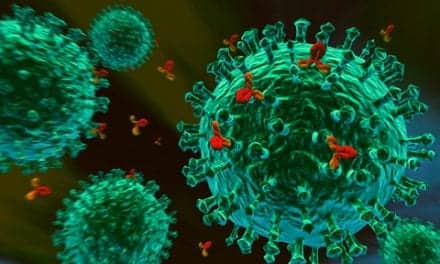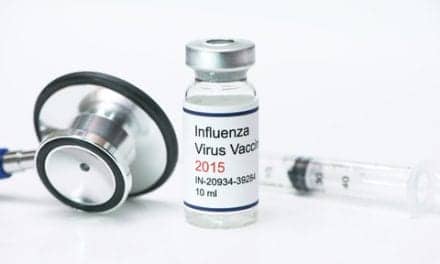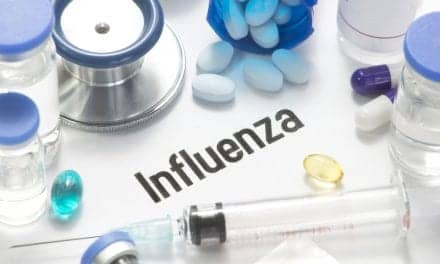Researchers at North Carolina State University and the University of North Carolina (UNC) at Chapel Hill have discovered a new approach to creating inhalable vaccines that shows promise for targeting lung-specific diseases, such as pneumonia, influenza, and tuberculosis.
The work shows that a particle’s surface charge plays an essential role in eliciting immune responses in the lung, according to a UNC Chapel Hill news release. The work was led by Cathy Fromen and Gregory Robbins, members of the DeSimone and Ting labs.
By using the Particle Replication in Nonwetting Templates (PRINT) technology invented by the DeSimone lab, Robbins and Fromen were able to modify the surface charge of protein-loaded particles while avoiding disruption of other particle features, which demonstrates PRINT’s ability to modify particle attributes independently from one another.
When delivered through the lung, particles with a positive surface charge were shown to induce antibody responses locally in the lung and systematically in the body. The UNC Chapel Hill news release indicates that in contrast, negatively charged particles of the same composition led to weaker, and in some cases undetectable, immune responses, suggesting that particle charge is an important consideration for pulmonary vaccination.
According to a news report from Science Daily, the findings also have broad public health implications for improving the accessibility of vaccines. An inhalable vaccine may eliminate the need for refrigeration, which can improve shelf life and enable distribution of vaccines to low-resource areas. Low-resource areas can include a number of developing countries where there is a significant need for improved access to vaccines.
Sources: UNC Chapel Hill, Science Daily










